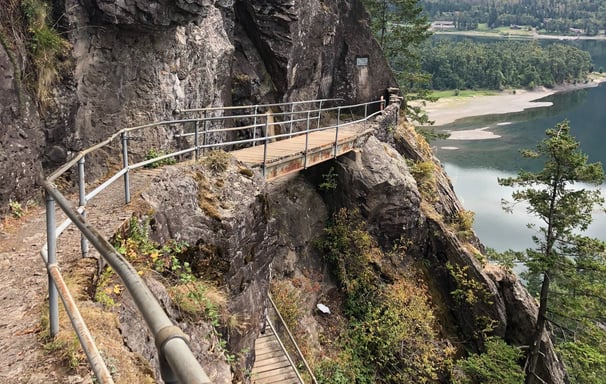The Cascades
(California, Oregon, Washington USA + BC, Canada)
About the Cascade Mountains
This 500 mile range begins in northern California, USA and stretches through Oregon and Washington before ending in southern British Columbia, Canada. The Cascade Range has several notable peaks exceeding 11,000 feet in elevation including Mt Hood (Oregon) and Mt Rainier (Washington). The Cascades are also home to several prominent volcanic peaks such as Lassen (California) and Mt Saint Helens (Washington). This mountain range lies 100 to 150 miles inland from the Pacific Ocean and separates the Pacific Northwest coastal region from the arid interior. The Cascades were named by legendary explored Louis & Clark based on the amazing cascades they discovered in the Columbia River Gorge.
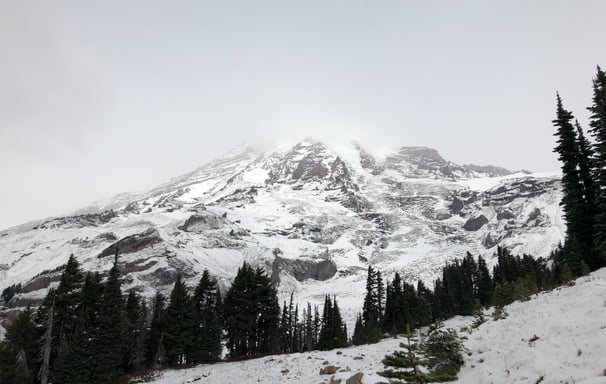

Notable features
The Cascades are noteworthy for their glaciated peaks and their volcanic prowess. Surprisingly, all of the eruptions within the contiguous United States in the last 200 years have been a result of a volcano in the Cascades. The most recent major eruption was in 1980 by Mount Saint Helens. The Cascades are home to several national parks such as Lassen, Crater Lake, Mount Shasta, Mount Rainier, and North Cascades National Park. Named for their waterfalls, the Cascade range has hundreds of waterfalls with a large concentration near the Columbia River Gorge.
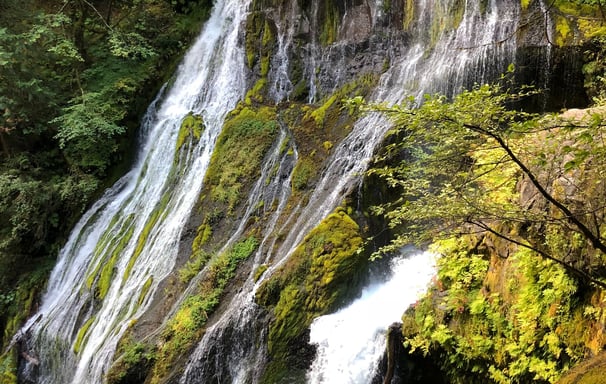

Climate
Given their proximity to the Pacific Ocean and the mixture of prevailing winds and precipitation, the northern Cascades see dramatic snowfall - in some areas over 500 inches per year. Mt Baker holds the record for annual snowfall recording an incredible 95 feet in the winter of 1998-99. The windward, western side of the range seems a much higher proportion of moisture and precipitation while the eastern slopes of the range are much drier in comparison.
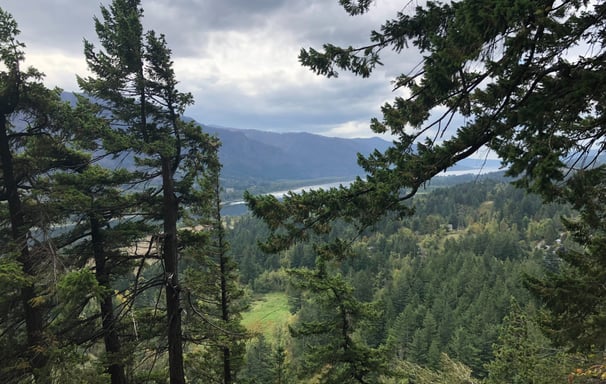

Ecology
The majority of the Cascade range, especially on the western slopes, is heavily forested which is highly representative of the Pacific Northwest region. Here you can find douglas fir, red cedar, and western hemlocks. Animals in the Cascades include black bears, deer, elk, bobcats, cougars, and coyotes. Grizzly bears, mountain goats, and wolves are some of the most iconic species in these regions, although populations are quite low especially the grizzly which only lives in the extreme north of the Cascade range in Washington & BC.
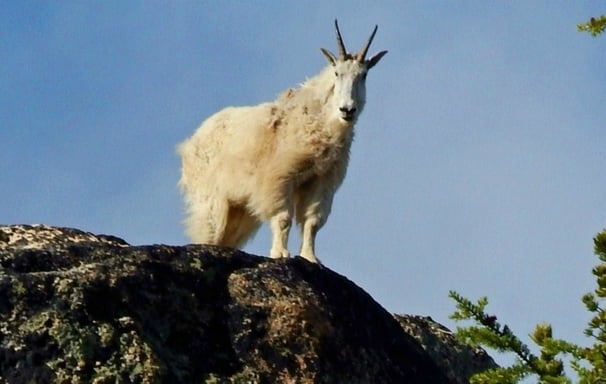

Tourism
Tourism is a significant economic driver for the cities and towns in close proximity to the Cascade range as well as for the major cities in each state and province such as Portland, Seattle, and Vancouver. Many people fly into these cities just to come to the forests and mountains within the Cascades. With the exception of Mount Rainier, most of the national parks in the Cascade range are in the lower half of visitor statistics on average for parks in the US so you should find them to be a bit less crowded than others such as Grand Canyon or Yosemite. For example, North Cascades National Park is actually one of the last visited in the US seeing less than 40,000 visitors per year over the last decade.
